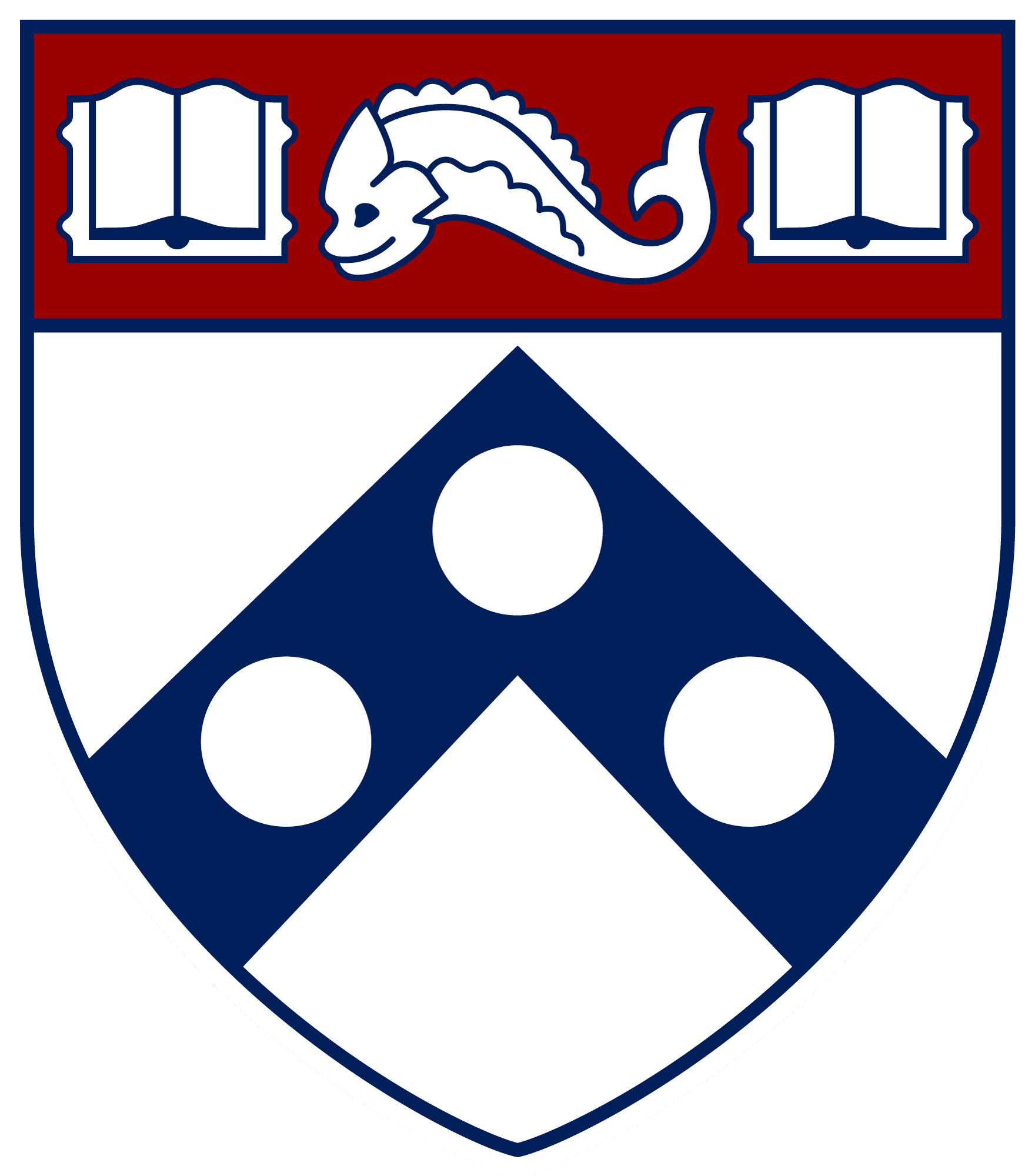Cardiovascular system model for comprehending the acute cardiac effects of vagus nerve stimulation
This model represents an evolved iteration of the original Simulink model that emulates the acute cardiac outcomes resulting from vagus nerve stimulation, as initially proposed by Haberbusch et al (see associated publications)

Dataset Overview
Study Purpose: This model provides insights into the cardiovascular system by simulating the response to vagus nerve stimulation, offering a valuable tool for studying cardiac dynamics.
Data Collection: This is a computational study. The underlying experimental data is published on the SPARC Portal.
Primary Conclusion: By leveraging the linked publications, our refined model captures a nuanced understanding of the intricate cardiac dynamics evoked by vagus nerve stimulation
Curator's Notes
Experimental Design: This model represents an evolved iteration of the original Simulink model that emulates the acute cardiac outcomes resulting from vagus nerve stimulation, as initially proposed by Haberbusch et al. (see associated publication)
Completeness: This dataset is part of a larger study " A neuroprosthesis to restore the vagal-cardiac closed-loop connection after heart transplantation"
Subjects & Samples: This is a computational model dataset; thus no subjects are described.
Primary vs derivative data: Not applicable. This is a computational study. Only a configuration file to view and run the simulation on the o²S²PARC platform is provided.
Code Availability: The Python code to run the simulations is available in the linked o²S²PARC Template
Files
0 - 0 of 0 files
About this dataset
Publishing history
Cite this dataset
Tags
References
References
Haberbusch, M., Frullini, S., & Moscato, F. (2022). A Numerical Model of the Acute Cardiac Effects Provoked by Cervical Vagus Nerve Stimulation. IEEE Transactions on Biomedical Engineering, 69(2), 613–623. https://doi.org/10.1109/tbme.2021.3102416
Haberbusch, M., De Luca, D., & Moscato, F. (2020). Changes in Resting and Exercise Hemodynamics Early After Heart Transplantation: A Simulation Perspective. Frontiers in Physiology, 11. https://doi.org/10.3389/fphys.2020.579449
